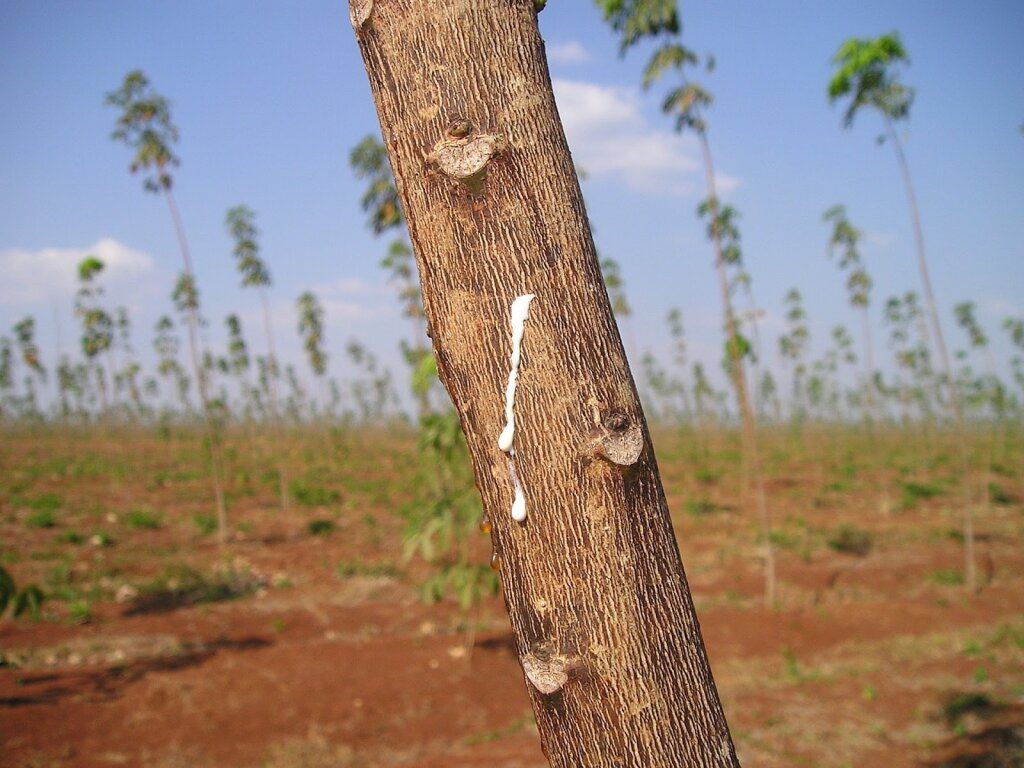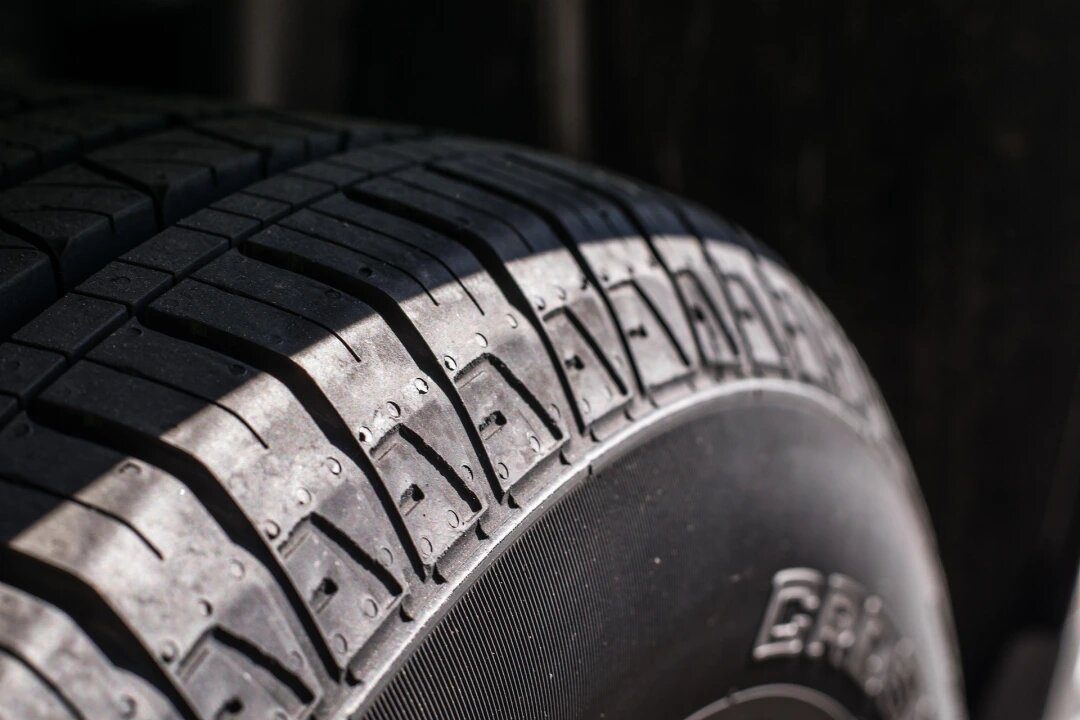The electric vehicle (EV) market has skyrocketed in recent years. EVs made up 2.3% of all vehicles in the U.S. in 2020, 4.1% in 2021, and 6.1% in 2022. Although the EV industry is soaking up billions of dollars in investments, the sustainable tire business has lagged behind its counterpart. The most common types are made from synthetic rubber and carbon black, both petroleum byproducts.
Understandably, companies have been racing to develop the first set of truly sustainable tires. Goodyear, Bridgestone, Michelin, and Continental have all released eco-friendly versions, but none claim to be “100% sustainable.” Partnerships with EV manufacturers, racing circuits, and more await the first firm to develop these holy grails.

Photo Courtesy Pexels
The Big Players
Michelin, which ended Bridgestone’s 11-year streak as the world’s top tire maker in 2021, has developed various sustainable tires. In October 2022, the company launched two, one for cars and one for buses, made from 45% and 58% of sustainable resources. They cut down on petroleum by using natural rubber, recycled carbon black, and other bio-based and recycled materials.
The manufacturer has marked 2050 as the deadline to create 100% sustainable tires. Currently, it’s developing eco-friendly replacements for the various petroleum-derived materials used in them, including biomass, food waste, and recycled plastics.
Bridgestone made a splash when it announced that its new Firestone Firehawk race tires would be the alternate for all five circuits in the 2023 NTT IndyCar Series season. They sport rubber sourced domestically from a guayule desert shrub, replacing the need for the traditional synthetic kind. The company grows guayule in Arizona, reducing financial and supply chain woes.
The exclusive IndyCar tire supplier isn’t stopping there. Most of its race products are made in a facility that received an International Sustainability and Carbon Certification PLUS certification for transparency and traceability of sustainable raw resources. Not to be outdone by Michelin, Bridgestone Group has also set a goal to use 100% sustainable materials in its products by 2050.

Photo Courtesy Randy McGuire
Goodyear, the first American tire manufacturer on the list, introduced a 70% sustainable concept in 2022, and production is set to start this year. At the January CES trade show, the company unveiled a new sustainable version made from 17 ingredients and 90% sustainable materials.
Its newest tire includes numerous recycled materials. Instead of burning petroleum to make carbon black, an essential component, Goodyear makes it with methane, CO2, plant-based oil, and oil from recycled tires. Other ingredients include soybean oil, recycled water bottles, and rice.
Unlike its peers, Goodyear Tire & Rubber Company has set a more ambitious deadline “to create a 100% sustainable-material and maintenance-free tire by 2030,” the firm said in a statement. The brand will reduce its reliance on petroleum by continuing to develop alternative raw materials.
Continental AG, also known as Conti, joined the race a bit later than the others, but it’s certainly not falling behind. The company unveiled its sustainable concept tire, the Conti Urban, at the IAA Transportation exhibition in September 2022.
The tire is made from 50% renewable and recycled feedstock and is designed specifically for electrified buses and delivery vehicles in urban environments. Although a smaller industry, the global electric bus market is expected to grow from $738 million in 2021 to more than $3.1 billion by 2030.
A big focus for the Conti Urban is sustainable retreading — which involves replacing the old treads of a tire with new ones — since retreading increases green materials by 90%. With the goal to use 100% eco-friendly resources in all tire products by 2050 (sound familiar?), Continental has no plans of slowing down.

Photo Courtesy Simon
Traditional Tire-Making Process
Creating 100% sustainable tires will be a massive achievement for the automobile industry. The traditional process still relies heavily on petroleum and other environmentally harmful materials. The two main components are rubber and carbon black.
Natural rubber is significantly less harmful than synthetic, which is derived from large amounts of crude oil. However, a global rubber tree shortage has hindered production. Carbon black, which strengthens the tire and provides heat resistance, is produced by exposing oil or natural gas to high temperatures.
It’s hard to say which company will win the race to create the first 100% sustainable tires. There’s a likely chance that a few firms will claim slightly different titles, depending on the definition of 100% sustainable. For now, the chase continues, and none of the competitors show signs of being tired (see what I did there?). As new EV startup IPOs and battery plants make headlines, watch for the next innovation.





